On Sunday, February 20th we debuted our second world in the ActNowVR series: the Uluru-Kata Tjuta National Park (formerly known as Ayers Rock) in Australia, to celebrate the UN’s World Day of Social Justice & International Decade of Indigenous Languages (2022-2032) in support of the UN International Labour Organization (UN ILO).
Over the span of 24 hours, people gathered from across the world to appreciate the beauty of Uluru, the culture and art of the Anangu aboriginal people, and the local flora and fauna found in the park.
Virtual Reality Experience
BACKGROUND: ULURU and the ANANGU Aboriginal People
Uluru is a sandstone monolith about half a billion years old, standing 348 meters high with a circumference of 9.4 km. Home to aborigines for 20,000 years, the Anangu (pronounced arn-ung-oo) are the traditional indigenous owners of Uluru. Anangu culture is integral to understanding and interacting with the landscape.
In 1873, the explorer William Gosse became the first non-Aboriginal person to see Uluru. He named it Ayers Rock after Sir Henry Ayers, the Chief Secretary of South Australia at the time. More than a century later, the land was finally given back to its traditional owners, the Anangu Aboriginal people in 1985, and this sacred rock was returned to its original name, Uluru. For the Anangu people, Uluru is inseparable from Tjukurpa, or traditional law. The actions of the creation ancestors are still visible around the rock, and their stories are passed on from generation to generation, just as they have been for thousands of years.
Today, the land is jointly managed through a working partnership between the Aboriginal people and the National Park.
In cooperation with DreamlandXR and Millenium Art, we worked with the Anangu people via their on-site Cultural Center to design its digital twin in VR. It was important that the virtual experience highlight the cultural meaning of the local flora and fauna. In this world, visitors can play with boomerangs, didgeridoos, and follow a nature trail alongside Uluru rock, where they encounter various local plants and animals and learn more about Uluru as a whole.
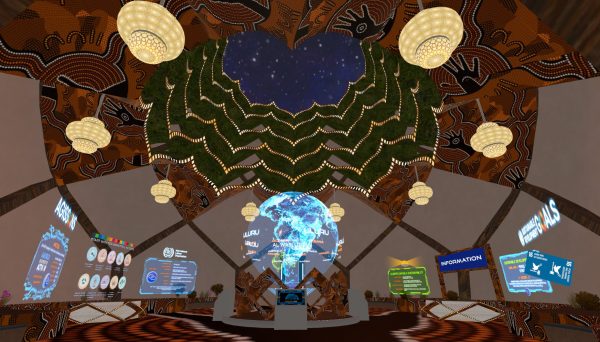
The Lotus Learning Lobby has gone down under!
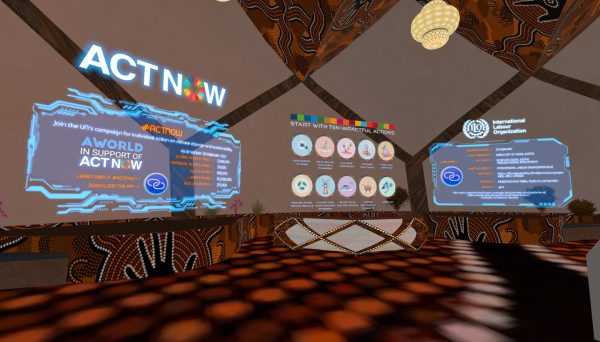
Act Now: Join the UN's campaign for individual action on climate change and sustainability
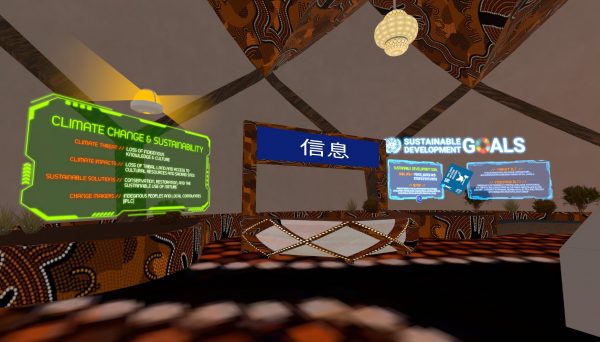
Climate Change & Sustainability
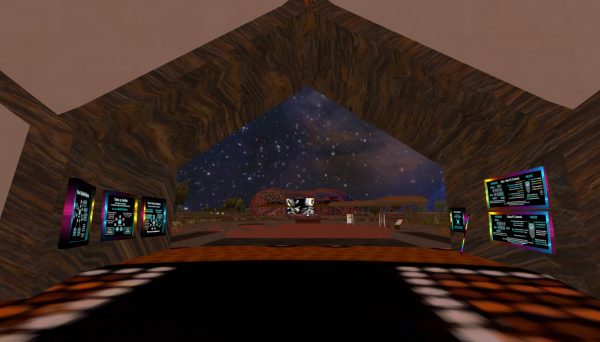
Step out of the lobby and into the world
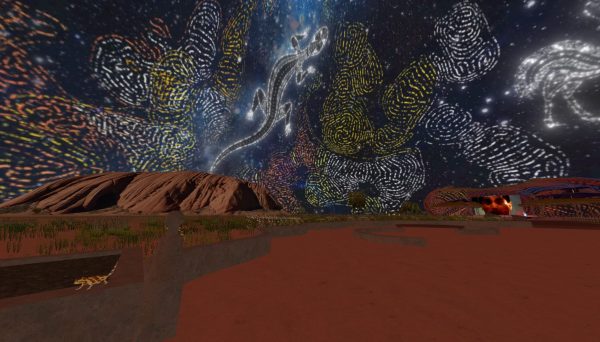
Emerging into the park, Uluru on the left
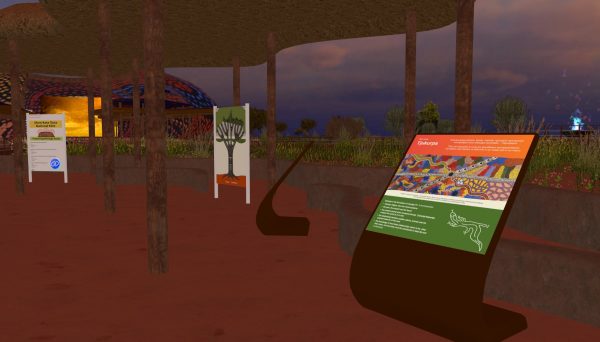
Informational signs throughout the park
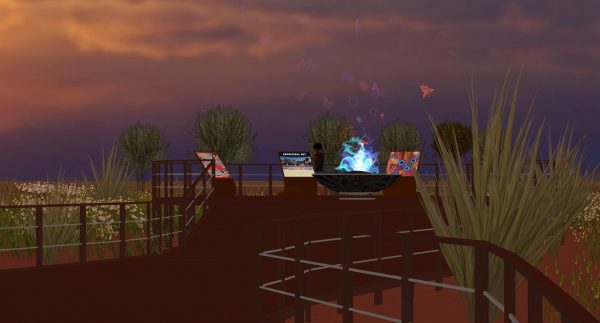
Guests learn about aboriginal art
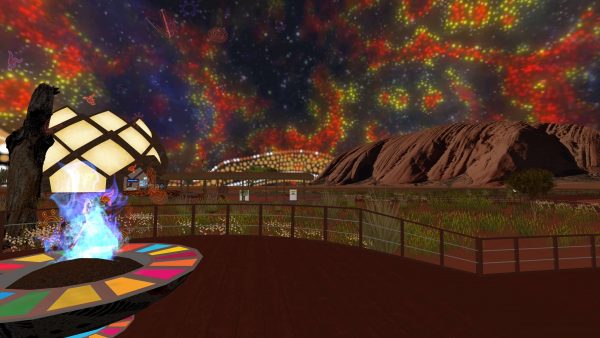
Meaningful pictography flows up from the fire
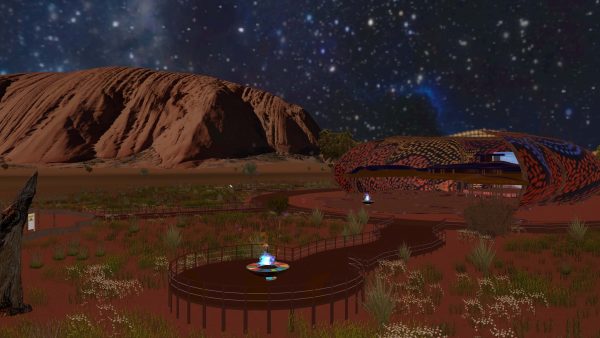
Meaningful pictography flows up from the fire, in the background: Uluru on the left, the stage on the right
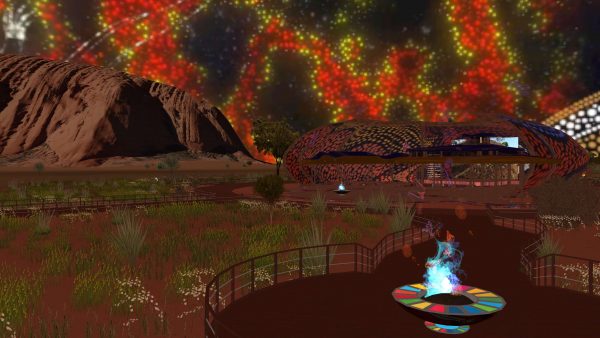
Meaningful pictography flows up from the fire, in the background: Uluru on the left, the stage on the right
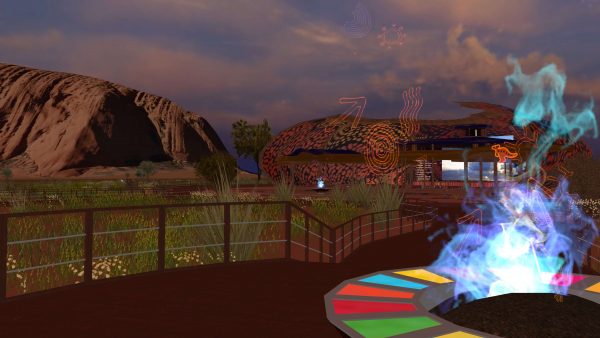
Meaningful pictography flows up from the fire, in the background: Uluru on the left, the stage on the right
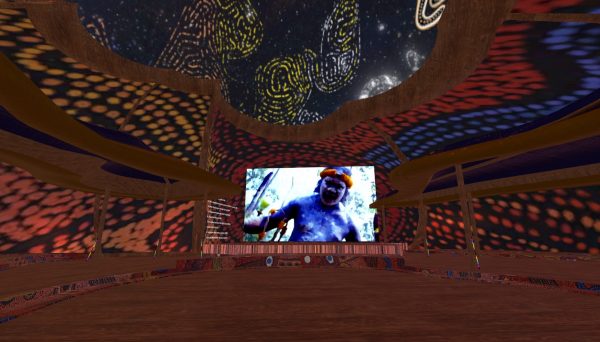
Artists from Uluru perform on the main stage screen
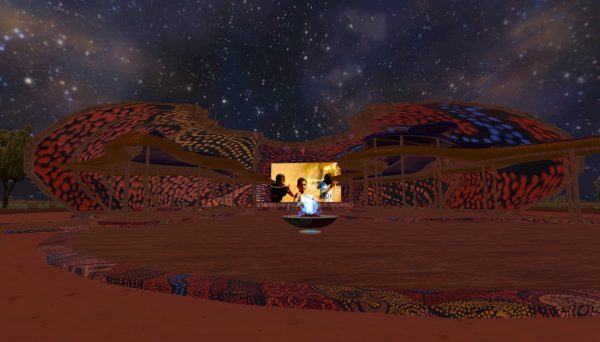
The stage takes the shape of the Cultural Center located in Uluru-Kata Tjuta National Park
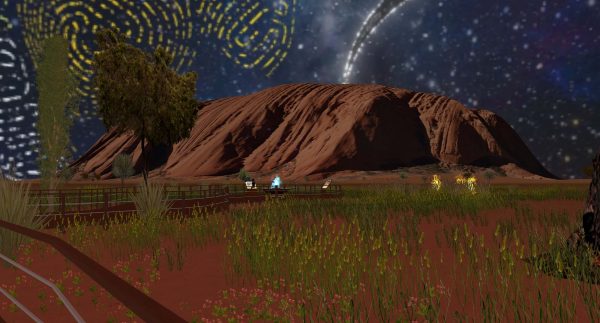
Guests read about the cultural burning, as a controlled fire burns in the grass and the sky moves above
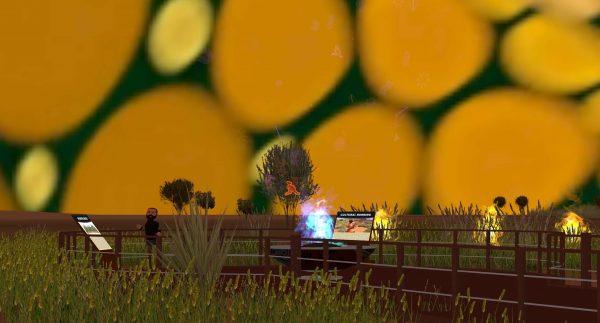
Guests read about the cultural burning, as a controlled fire burns in the grass and the sky moves above
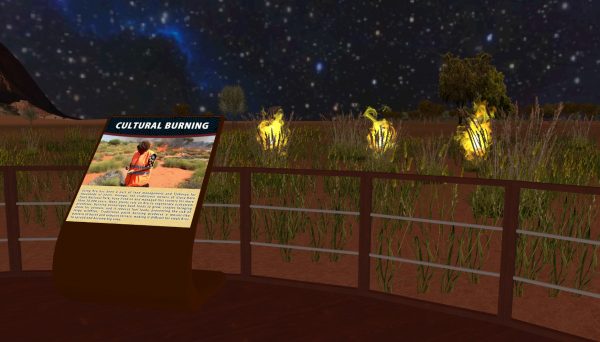
Cultural Burning- a way to renew the landscape
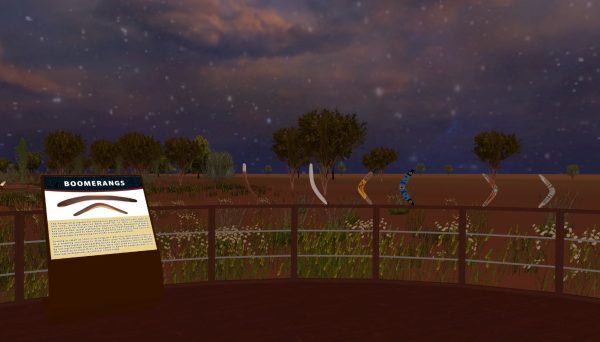
Pick up and throw a boomerang!
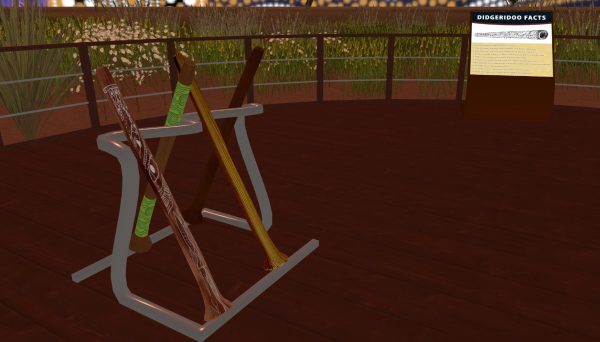
Pick up and play a didgeridoo!
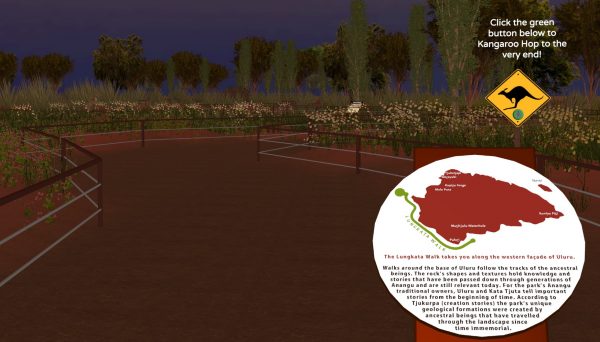
Lungkata Walk takes you along the western façade of Uluru
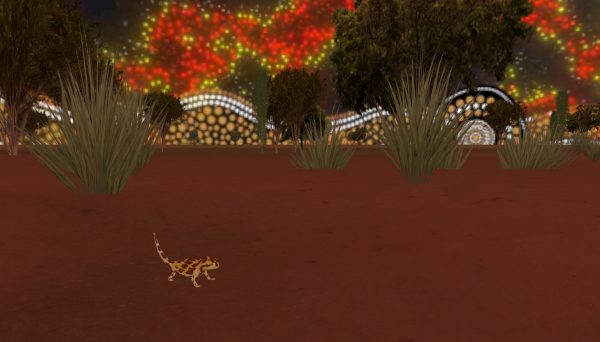
Thorny Devil, local to the area
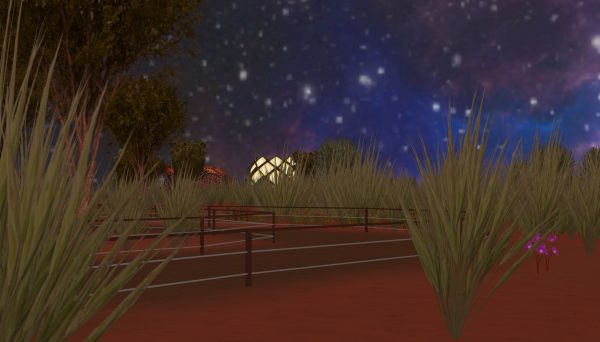
On the path looking back towards the lobby
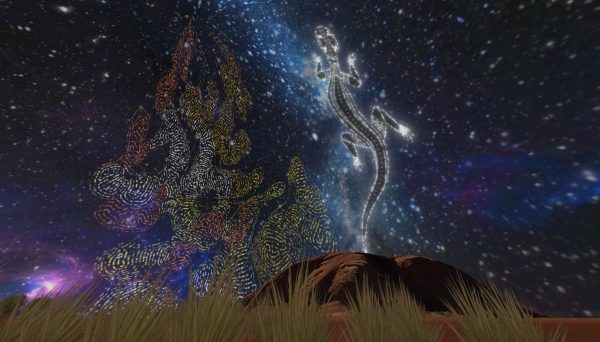
Origin stories in the sky above Uluru
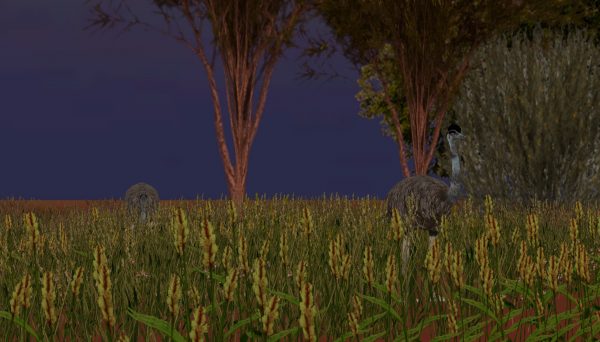
Emus at the end of the trail